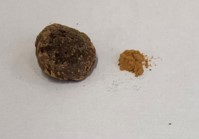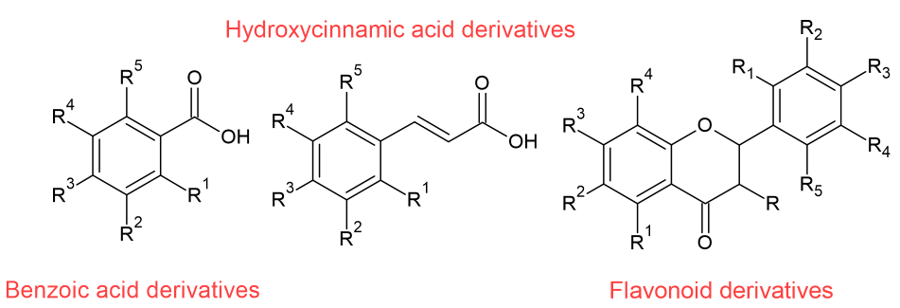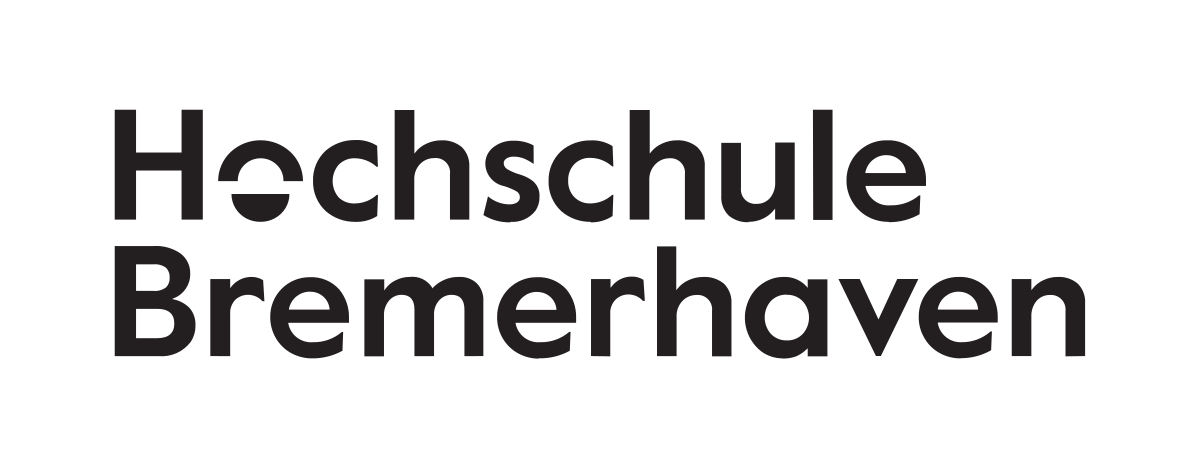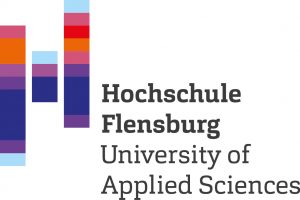Antioxidant and polyphenol content of Salicornia straw and their potential use in functional food and feed
15 bioactive compounds, including hydroxybenzoic acids, hydroxycinnamic acids, caffeoylquinic acids, and flavonoids could be analyzed by chromatography in residue straw of Salicornia.
Bioactive plant-based compounds, phenolics, can be extracted from the residual straw of Salicornia ramosissima (glasswort) for use in cosmetics, feed, or food supplements. Analytical methods allow quantifying the antioxidant capacity and phenolic content of the extracts. The antioxidant capacity is analyzed by the DPPH antioxidant capacity assay. The concentration of phenolics, quantified as gallic acid equivalents (GAE), was determined by the Folin-Ciocalteu method. This resulted in a concentration of 4.5 g GAE/kg biomass, at subcritical water extraction, or similarly 4.6 g GAE/kg biomass for Soxhlet extraction, outperforming the known polyphenolic-rich Vaccinium corymbosium (blueberry) with reported values of 1.8-4.3 g GAE/kg biomass. Also, the qualitative concentration of monophenolic and polyphenolic compounds was analyzed by chromatography for 15 bioactive compounds, including hydroxybenzoic acids, hydroxycinnamic acids, caffeoylquinic acids, and flavonoids. All mentioned molecule classes are proven antioxidant. Using different extraction methods, these compounds can be extracted. Polyphenolic antioxidants extensively degrade into smaller, less antioxidant monophenolic compounds in the digestive system of animals and humans. This emphasizes the necessity of stabilization of the molecules before the potential use in feed/food, as this will also increase the uptake of the polyphenolic compounds. The stabilization also tends to increase the digestibility of the polyphenolic compounds. Salicornia ramosissima has a high content of phenolic compounds, and can, if cleaned from salts, be introduced in a feed/food formula resulting in increased antioxidant and phenolic concentration of the product.


Contact:

Malthe Fredsgaard
Aalborg University, Denmark
mfre@energy.aau.dk
Acknowledgement
This project has received funding from the European Union’s Horizon 2020 research and innovation programme under Grant Agreement No 862834. Any results of this project reflects only this consortium’s view and the European Commission is not responsible for any use that may be made of the information it contains.


















